Businesses are facing the issue of uniqueness in the competitive e-commerce and retail markets. It’s vital to differentiate products using custom packaging in the market to capture potential customers and boost sales. There are different printing methods for various types of packaging, offering short-term and long-term benefits. Let’s explore types of printing such as offset, digital, flexographic, rotogravure, and screen printing options.
Lithography or offset printing is an older method combining offset and lithography. It is included in versatile kinds of printing, offering non-variable prints in the presence of one or more colors. Lithography is an ideal method for larger volumes of packaging solutions such as custom corrugated boxes or folding cartons.
The image is transferred on an aluminum plate before proceeding to the rubber sheet. Now, the image will be moved onto the substrate in the presence of additional finishing options like varnishes or coatings.
Digital printing for packaging is an efficient and accurate option due to the use of inkjet technology. This inkjet printing method transfers the image directly to the packaging material without using a medium. This quick printing method offers improved quality with lower
expenses.
In the digital printing process, an image is moved directly to the printing surface of a packaging. A laser or inkjet printer is preferred to streamline the transferring of ink smoothly.
Flexo printing is one of the different printing methods ideal for fixable and high-volume purposes. This printing technique uses a flexible relief plate in the process to ensure phenomenal and seamless printing due to the presence of a cylinder. This printing option is ideal for higher volumes and can print one or more colors. The perfect printing choice for recurring orders of printing a product packaging design.
A flexible relief rubber plate is used in the printing process. A cylinder and an anilox roller transfer the image to the relief plate. Flexography offers the transferring of images at an affordable cost and quickest rate.
It is one of the different printing styles where an image is transferred to a material surface through the mesh screen that is coated with a design or stencil. Silkscreen printing ensures elegant designs for diverse materials like metal, fabric, and paper.
In this printing method, specific parts of a material feature coating with impenetrable material while leaving the surface open for the application of an image or ink. Ink is transferred to the screen and the presence of a squeegee ensures moving of design onto a substrate seamlessly.
If you are worried how much actually cost of your branding package, you can explore our comprehensive article: How much packaging cost
This printing technique moves the designs onto metal cylinders. Each cylinder aligns with the specific color scheme during the ink application through the printing machine. Gravure is one of the various types of printing that ensure premium image quality through a slower process.
It is a fantastic printing method in which each image is used on the cylinder. The cylinder is coated with the ink, which will be transferred to the material during the pressing process. The images will maintain consistent color quality on different packaging materials.
There is no all-in-one solution because each printing method has its own benefits and drawbacks. Let’s get the help of our professional packaging experts, who can help print your packaging effectively to make a difference in a competitive market!
For free design assistance and a detailed overview of our printing process, please feel free to contact us via email at sales@theboxzilla.com or call us at +1 888 668 1241. We are committed to delivering the highest quality results for your packaging needs.

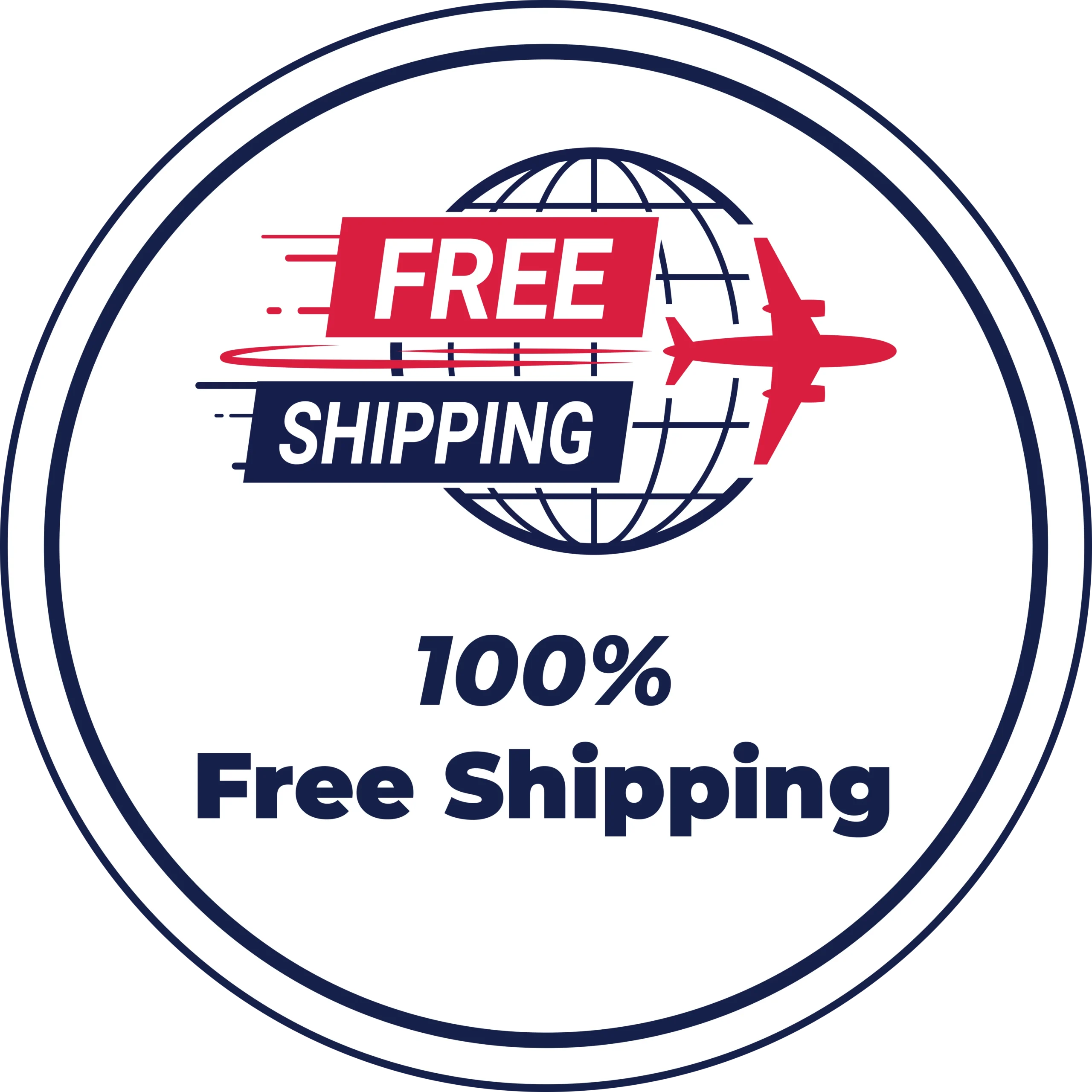
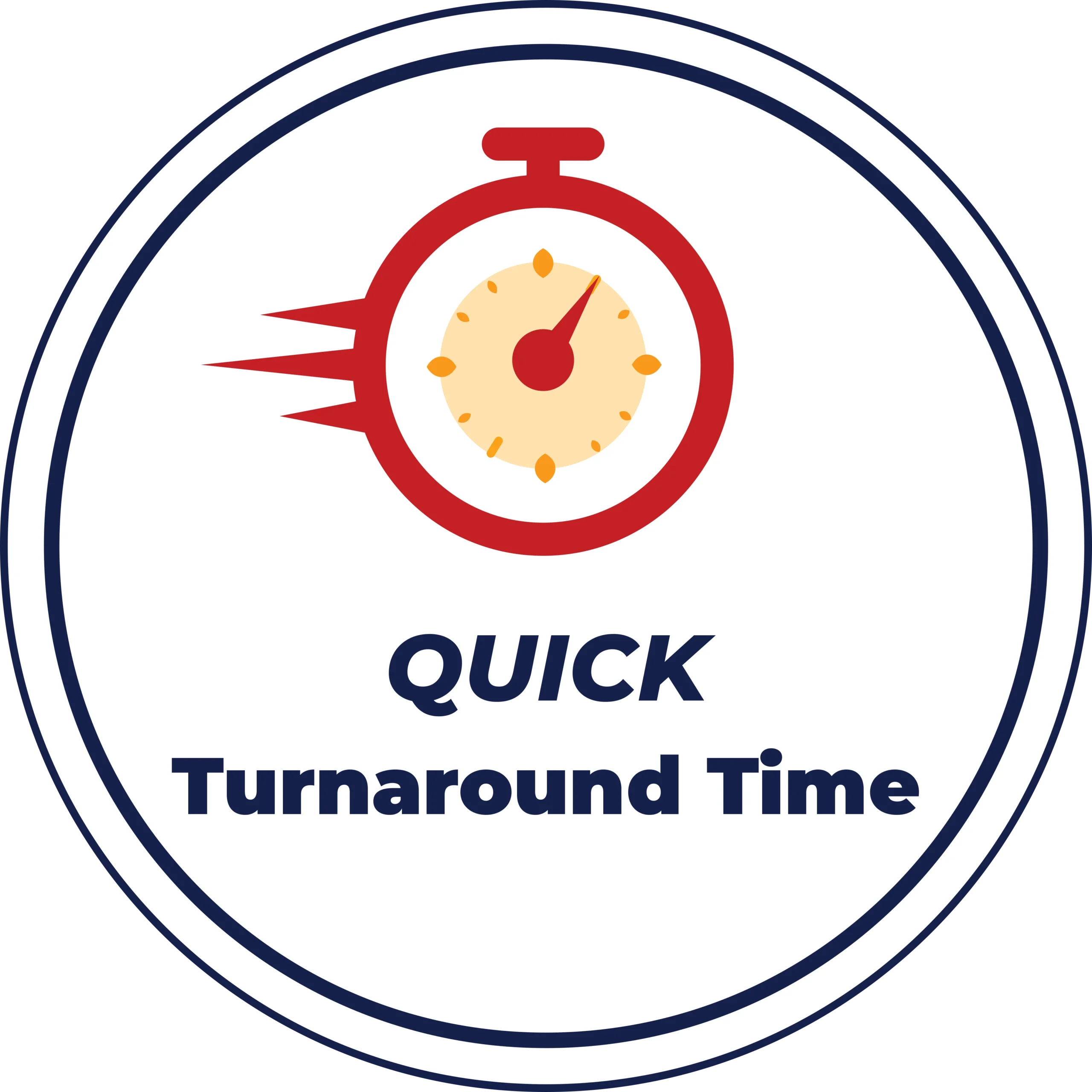
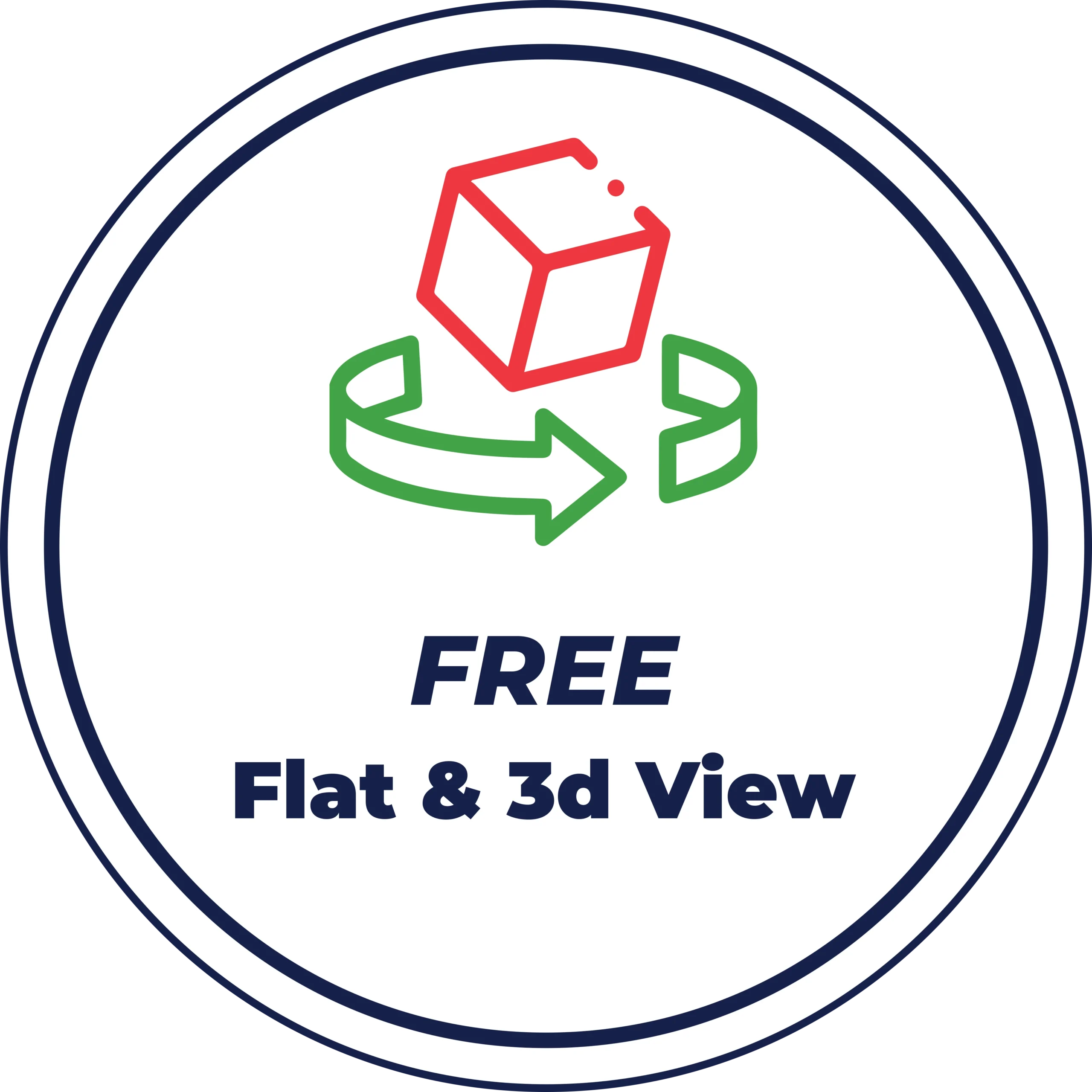
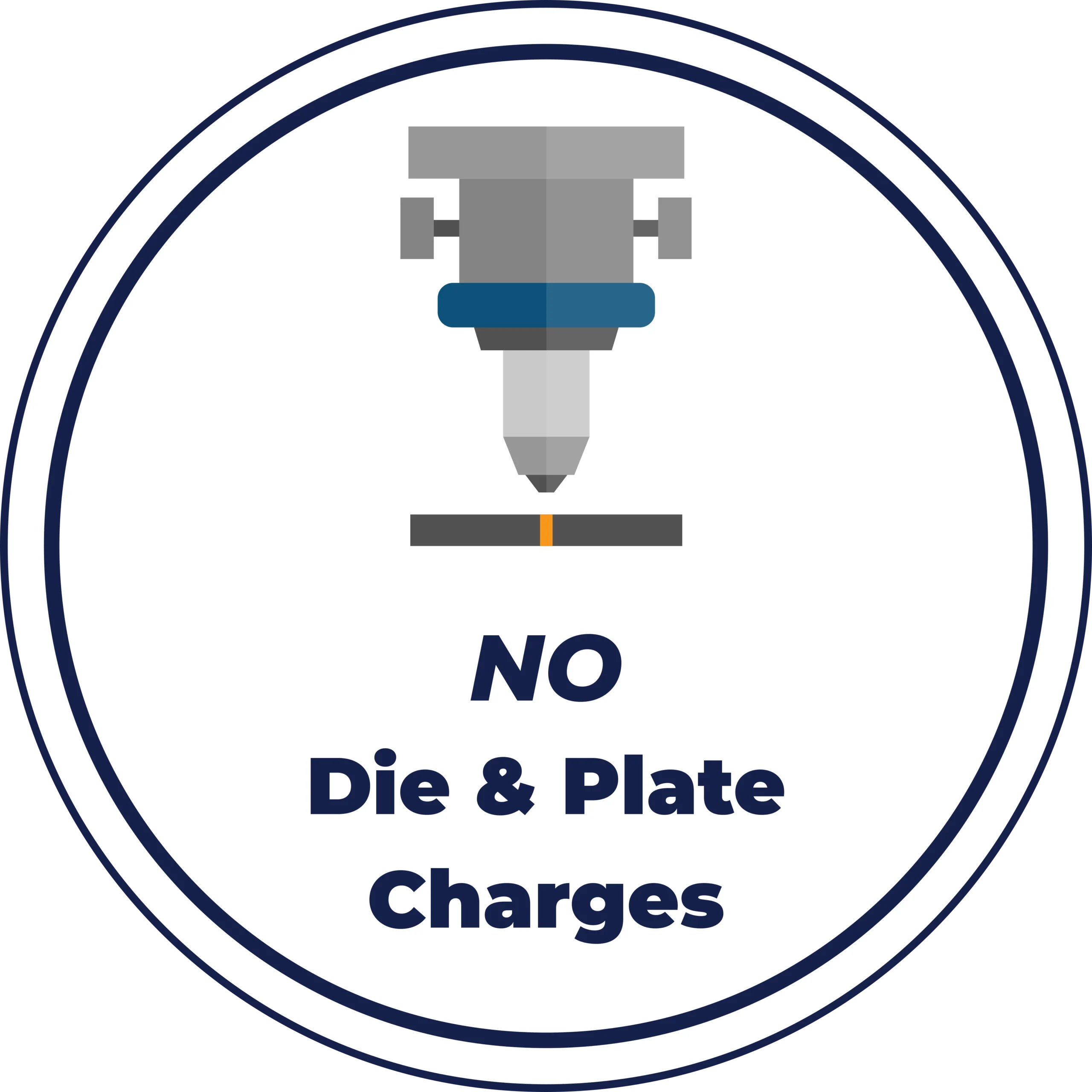
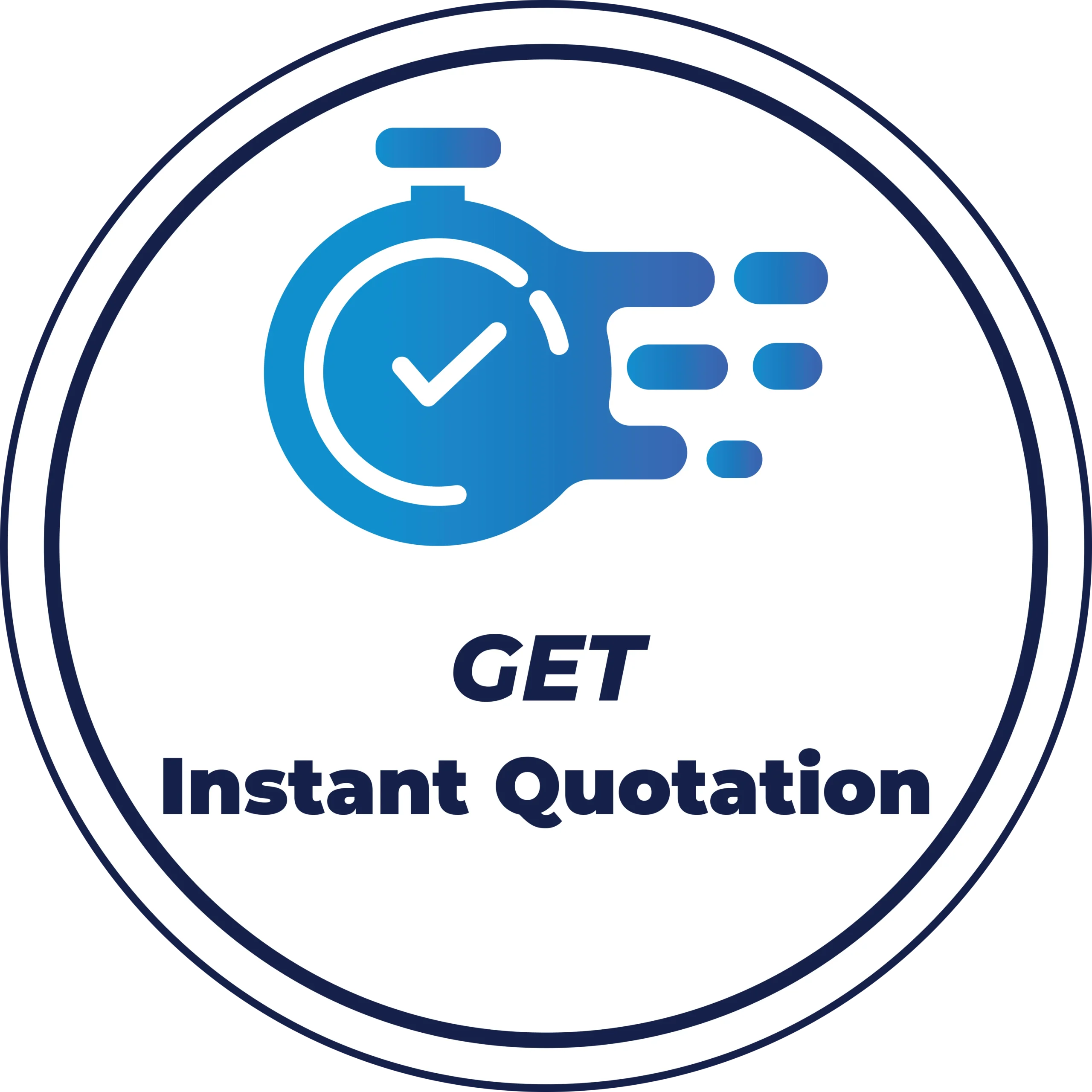
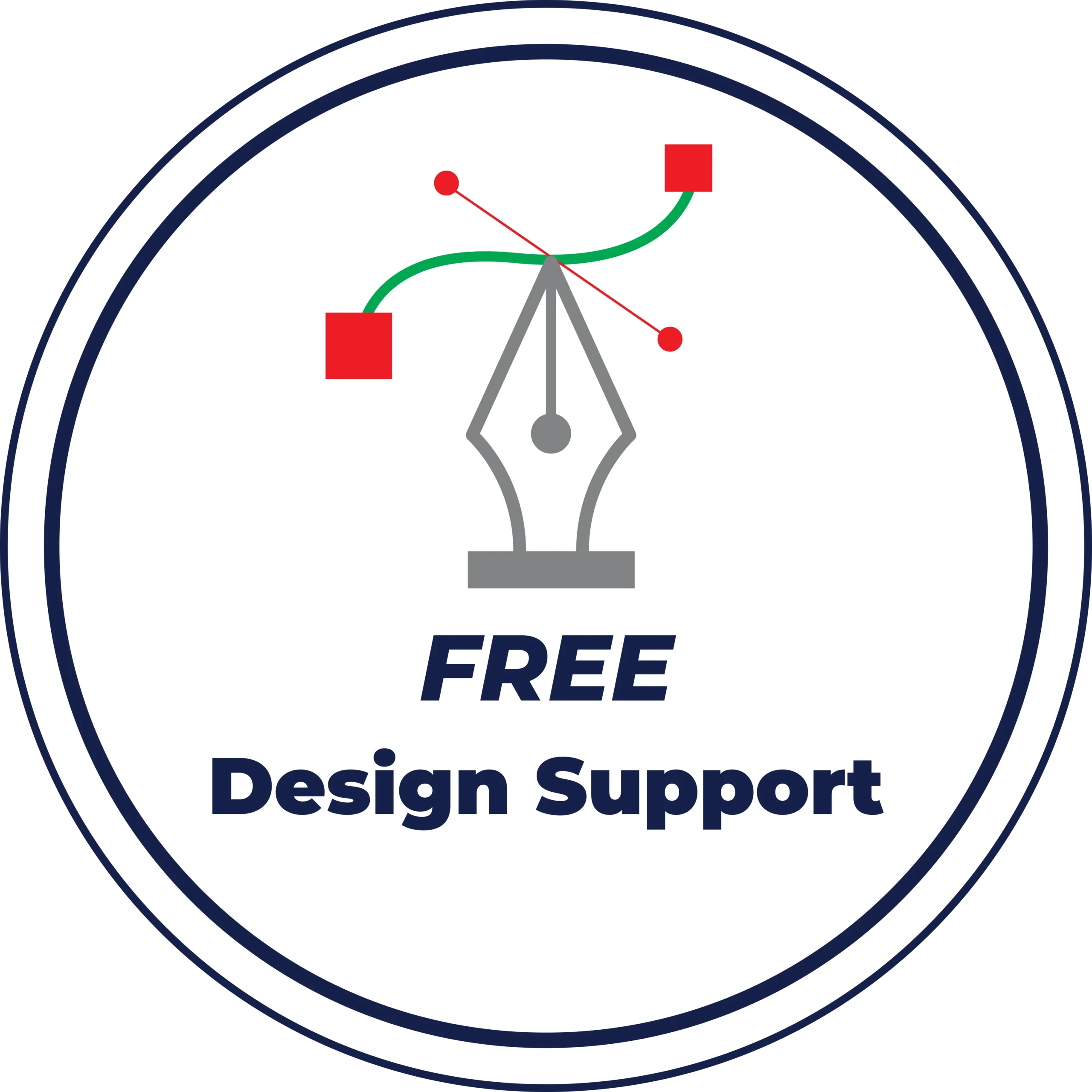
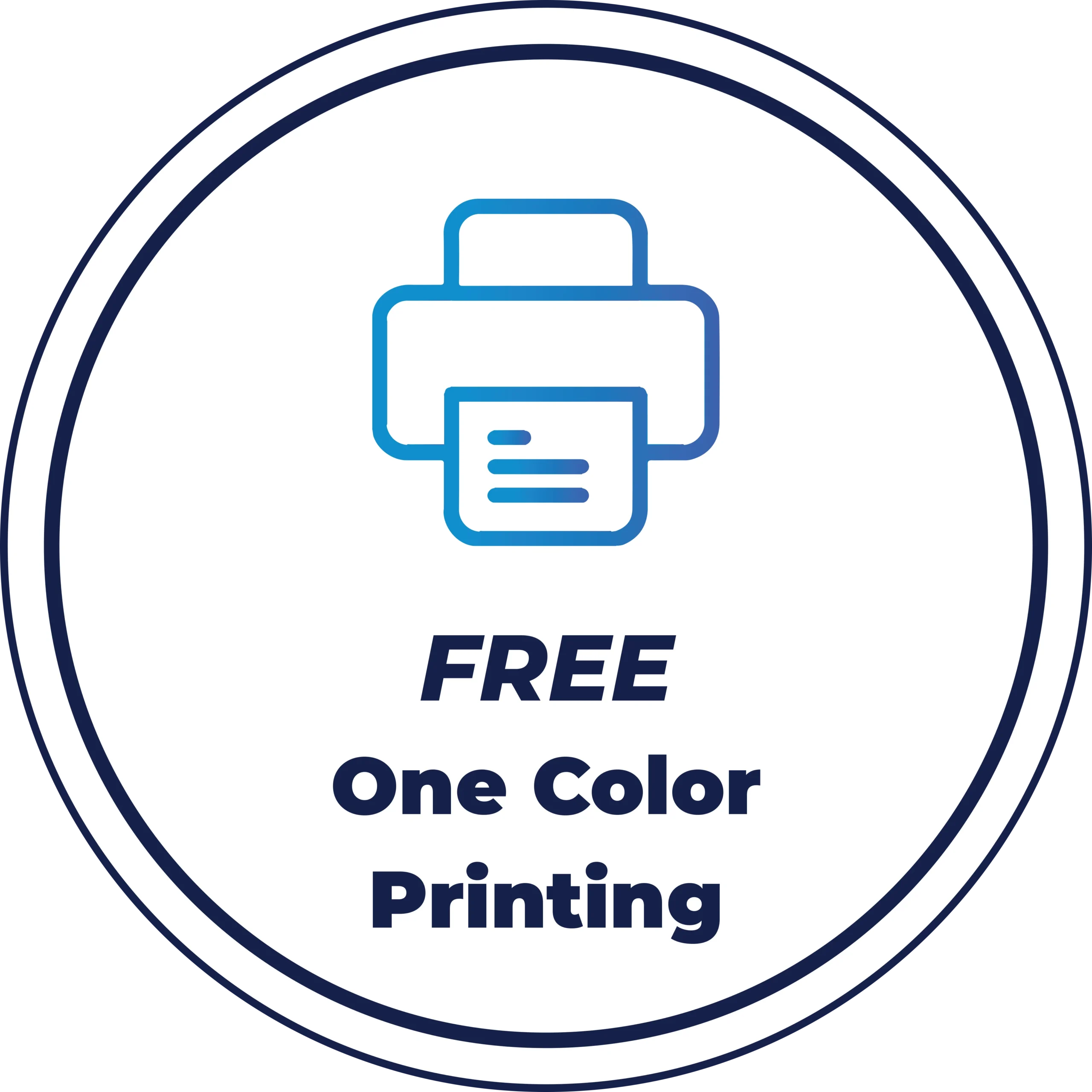

© The Box Zilla 2025 — All rights reserved